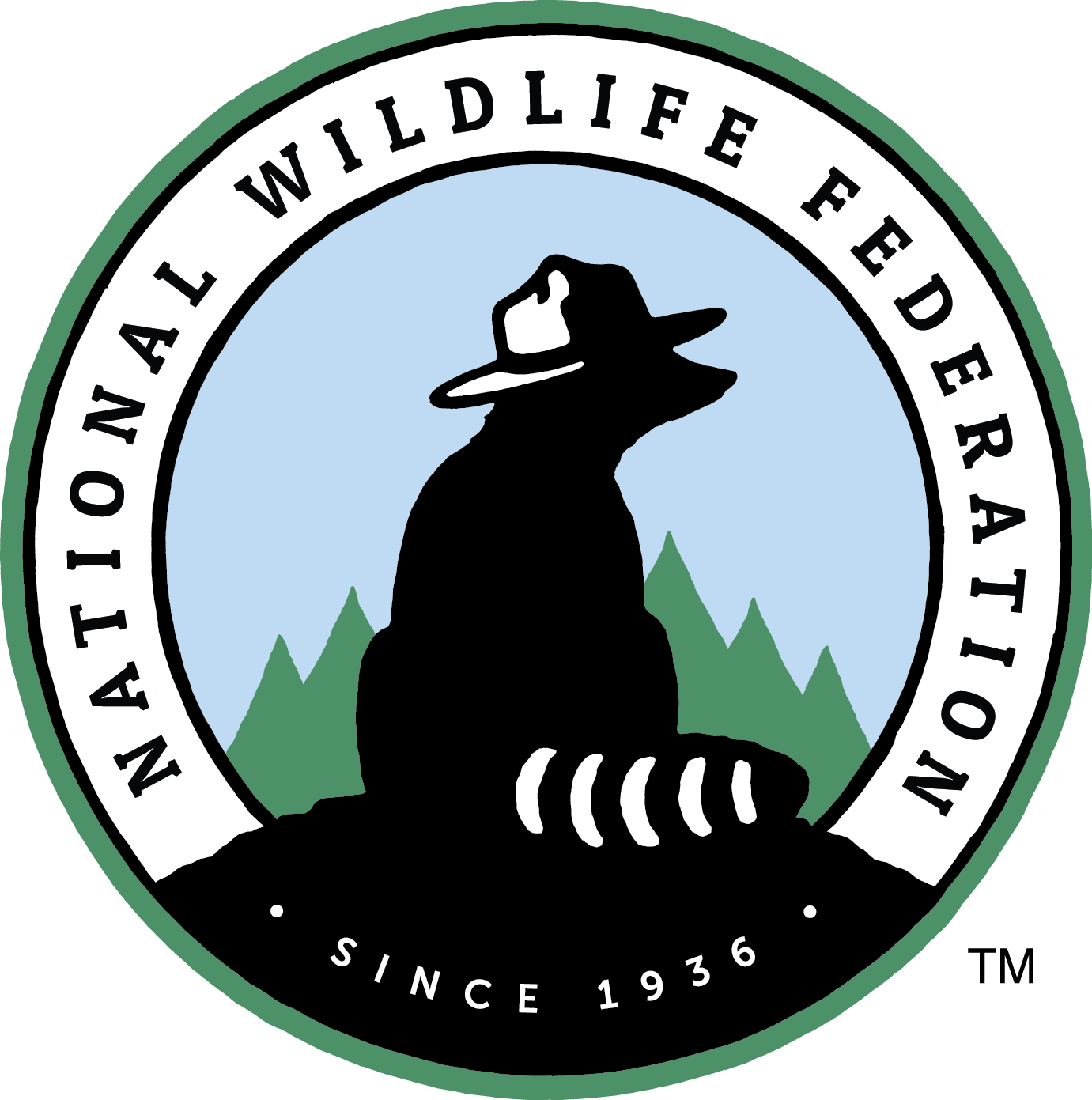Number 2018-07
WHEREAS, globally, more than 6.3 billion metric tons of plastic waste has been produced as of 2015. The vast majority of this plastic waste remains in the system by being moved through various waste streams. “Leaks” in these waste streams consequently input an estimated 8 million metric tons of land-based plastic waste into the ocean each year. Because commonly used plastic does not biodegrade in the marine environment, it’s now estimated that there are over 150 million metric tons of plastic waste in the ocean today. Without significant action, there may be more plastic than fish in the ocean, by weight by 2050; and
WHEREAS, plastic pollution in lakes and rivers can be high, or higher than oceanic gyres and about 22 million pounds of plastic flows into the U.S. Great Lakes every year. Additionally, a growing body of science is recognizing the impacts of plastic pollution in terrestrial habitats as well; and
WHEREAS, International Coastal Cleanup data from 2016 shows that globally, almost 70% of the debris picked up by volunteers from shorelines was plastic, the majority which was single-use plastic products (SUPs). The percentage of marine debris that is plastic can be higher at the local level. For instance, 83% of the debris from Mid-Atlantic State shorelines was plastic, while 94% of Baltimore’s debris was plastic. Similar to data at the global level, almost all plastic debris picked up locally was SUPs. Reducing the use of SUPs will have a significant effect on how much plastic debris ends up in our waterways and our ocean; and
WHEREAS, at least 1,220 species have been affected by marine debris. Of these known cases, 92% were caused by plastic debris. Plastics are present in all marine habitats and from the ocean surface to the seabed, and are available to every level of the food web, from primary producers to higher trophic levels. Plastic debris in our waterways is known to entangle wildlife, is often mistaken for food, and has detrimental effects on habitats in the water and along our shorelines; and
WHEREAS, plastic pollution effects humans as well. Plastic pollution in our environment has a large economic consequence. It reduces the aesthetic and recreational values of rivers, beaches and marine resources. A recent study found that West Coast communities are spending more than 520 million dollars a year to combat litter and prevent trash from becoming marine debris; and
WHEREAS, recent studies are finding a variety of exposure mechanisms for humans, including food, air and water, are contaminated with plastic pollution creating a public health issue; and
WHEREAS, while there is room to improve post-consumer use of SUPs (current recycling rates for plastic in the United States is less than 10% per year) markets for recycled plastic are as yet poorly functioning as they depend on the limited demand for upcycled goods and the highly volatile relative cost of recycled/virgin source materials; and
WHEREAS, beyond addressing “leaky” waste streams, plastic accumulation in our environment and in our food can only be slowed through source reduction, with reevaluation of many of the products designed for single use.
NOW, THEREFORE, BE IT RESOLVED that the National Wildlife Federation, at its annual meeting assembled June 6-9, 2018, in Chantilly, VA hereby calls for city/county/state regulatory tools (i.e. bans, fees, taxes, etc.) on single-use plastic items (e.g. plastic beverage bottles, plastic bags, plastic straws, expanded polystyrene foam, etc.) in order to drive behavior change related to reducing the use of single-use plastic in our society; and
BE IT FURTHER RESOLVED that the National Wildlife Federation calls for further investment in research, technology and innovation of alternatives to single-use plastic in order to accelerate the switch to more sustainable products.
